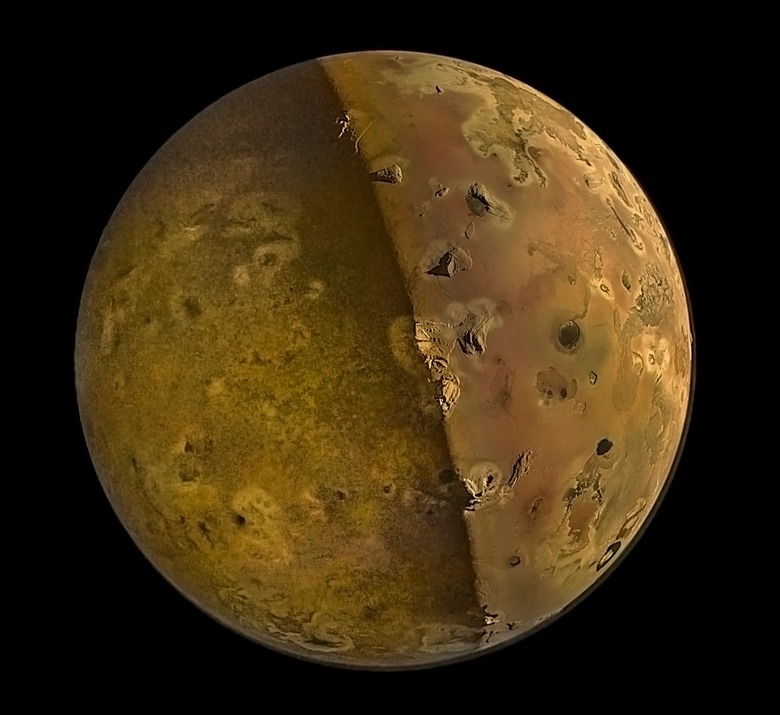NASA Found A Lake Of Lava That Is 'Smooth As Glass' On Io
NASA says it has discovered a lake of lava on Io's surface. The lake was discovered using data from Juno's most recent flyby of the volcanic moon. This week, NASA even released an animation of an artist's concept showcasing what the lake looks like.
The lake is estimated to be around 127 miles long, and it features a shimmering, glassy-like surface. Ongoing observations of Jupiter's various moons using Juno have taught us a lot about the Jovian satellites, including the fact that Europa might not be that inhabitable at all. But Juno's stunning views of Io have given us an in-depth look at the surface of this volcanic world, and it's absolutely striking to look back on.
"Io is simply littered with volcanoes, and we caught a few of them in action," Scott Bolton, Juno's principal investigator, revealed during a news conference at the European Geophysical Union General Assembly in Vienna. Bolton also says that the lake of lava, which scientists named Loki Patera, appears to have a surface that is as "smooth as glass."
This smoothness likely comes from the fact that the lava has cooled exponentially, allowing it to appear so smooth and glass-like, reflecting the light that the sun delivers to Io. Bolton says the surface of the lake and other surfaces on Io appear very similar to obsidian glass, which is created by volcanic activity here on Earth.
Of course, Juno's primary goal in observing Io isn't just to capture stunning views of these spectacular landmarks. NASA also hopes to learn more about the planet, including whether or not it contains enough water to support extraterrestrial life, as the search for alien life in our universe continues to progress without much evidence to support the belief that humans are not the only life out there.
You can see the lake of lava for yourself in the video above, though it is important to remember that this is just an artist's concept based on the data that Juno returned.
